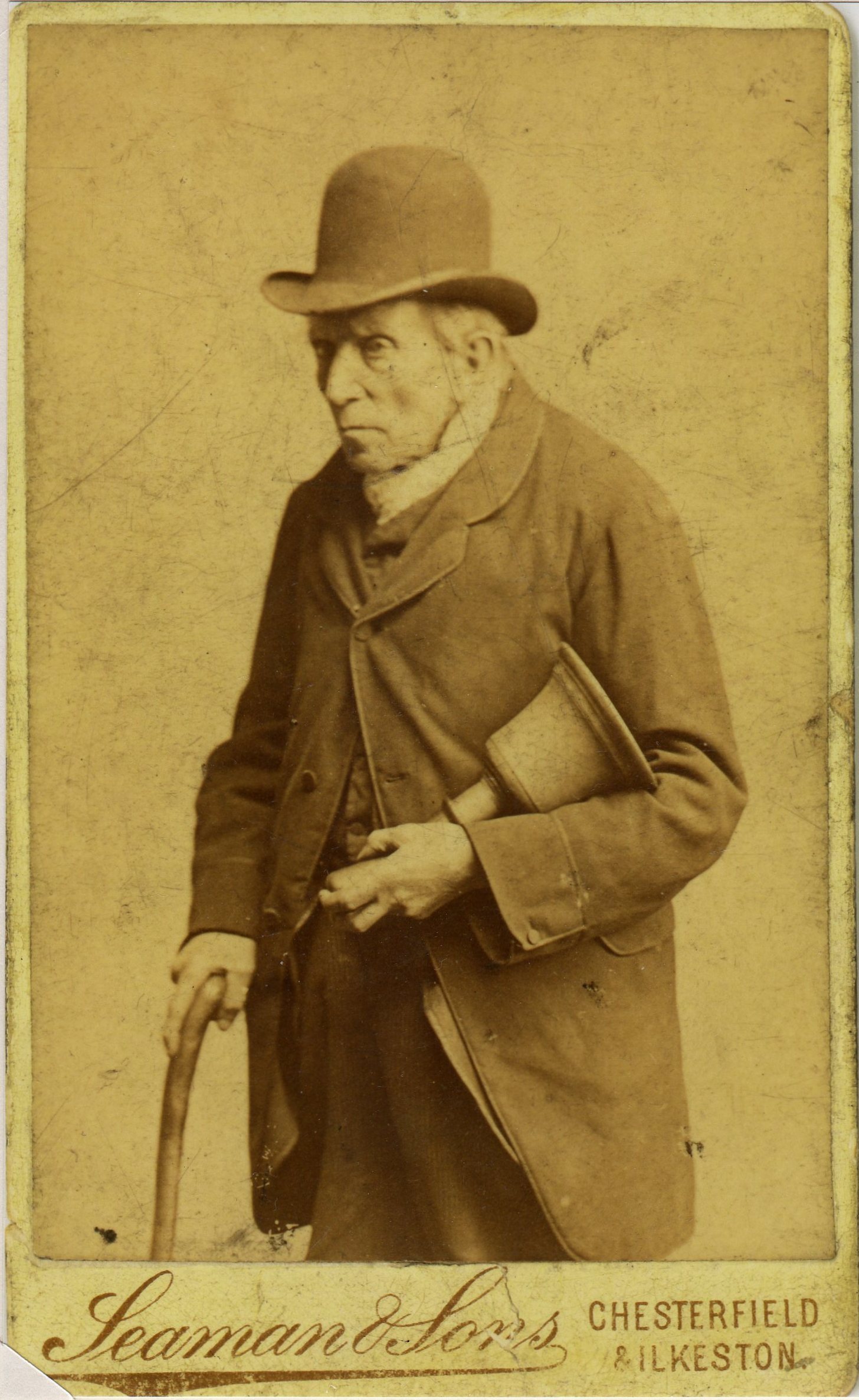Moving on from Part 10 ….
Dated June 13th 1893, another letter arrived from Bullock-edge Nook in which he attempted to give more clues to his identity.
About a week later Enquirer responded with a short letter 44 .. he seemed ecstatic about the reunion, and looked forward to a joyous occasion.
In the same edition of the Pioneer we find a longer letter from An Old Scholar
A week later another letter from John Cartwright, dated June 27th 1893, was published.
Shortly after this, another letter from An Old Scholar was published.
At this point the Ilkeston Pioneer published an update of the arrangements for the ‘gathering of the old boys’, to be held in the Town Hall on August Bank Holiday … entrance to those Ilkeston born and over 50 years old only.
Shortly after it published a clarification … the gathering was not an open invitation to all the old people of Ilkeston to provide them with a treat. The newspaper repeated the strict criteria for attendence at the occasion.
Before this gathering Bullock-edge Nook came back with another letter, dated July 26th 1893.
……………………………………………………………………………………………………………………………………………………………….
Picture Quiz
Who is this serious-looking gentleman ?
What was his nick-name ?
Where in Ilkeston did he live ?
Why is he carrying a hand-bell ?
What occupations was he employed in ?
(I will accept three)
Where in Ilkeston did he die ?
Who do you think they are ?
Bullock-edge Nook … The events described at the beginning of letter 43 took place in 1852 and 1853 and suggest the writer was a young man, putting his birth around 1825-1830.
on to Part 12 ?


